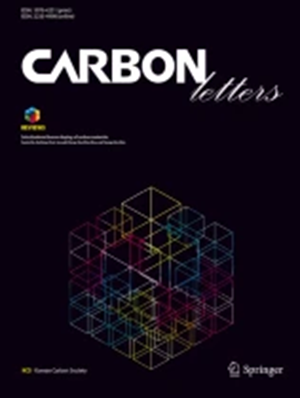Vacuum-assisted exfoliation method for large-area, high-quality graphene flakes in nanodevice applications
Abstract
Mechanical exfoliation has been a preferred method for obtaining various two-dimensional (2D) materials due to its ability to produce high-quality thin flakes. However, traditional exfoliation techniques often yield flakes of limited size and low yield. Herein, we present a systematic approach to improve mechanical exfoliation by using vacuum treatment to enhance the van der Waals forces between the substrate and the 2D material. This method comprises oxygen plasma cleaning followed by vacuum treatment, effectively removing organic adsorbates from the substrate and maximizing contact between the outermost layer of 2D material and the substrate. This vacuum-assisted exfoliation approach substantially enhances both the yield and flake size of graphene, resulting in single-layer graphene (SLG) flakes approximately eighty times larger than those achieved through conventional methods. The quality of the exfoliated SLG was assessed using Raman spectroscopy and atomic force microscopy (AFM), which confirmed that it is highly similar to that obtained from conventional exfoliation. Furthermore, the exfoliated SLG flakes were encapsulated between hexagonal boron nitride (hBN) layers and fabricated into SLG field-effect transistors (FETs). These devices exhibited high-performance characteristics, yielding a field-effect mobility (µ) of approximately 110,000 \({\text{cm}}^{2}/V \cdot s\) at room condition, demonstrating the effectiveness of the vacuum-assisted exfoliation method in producing high-quality, large-area graphene suitable for advanced electronic applications.

 求助内容:
求助内容: 应助结果提醒方式:
应助结果提醒方式:


